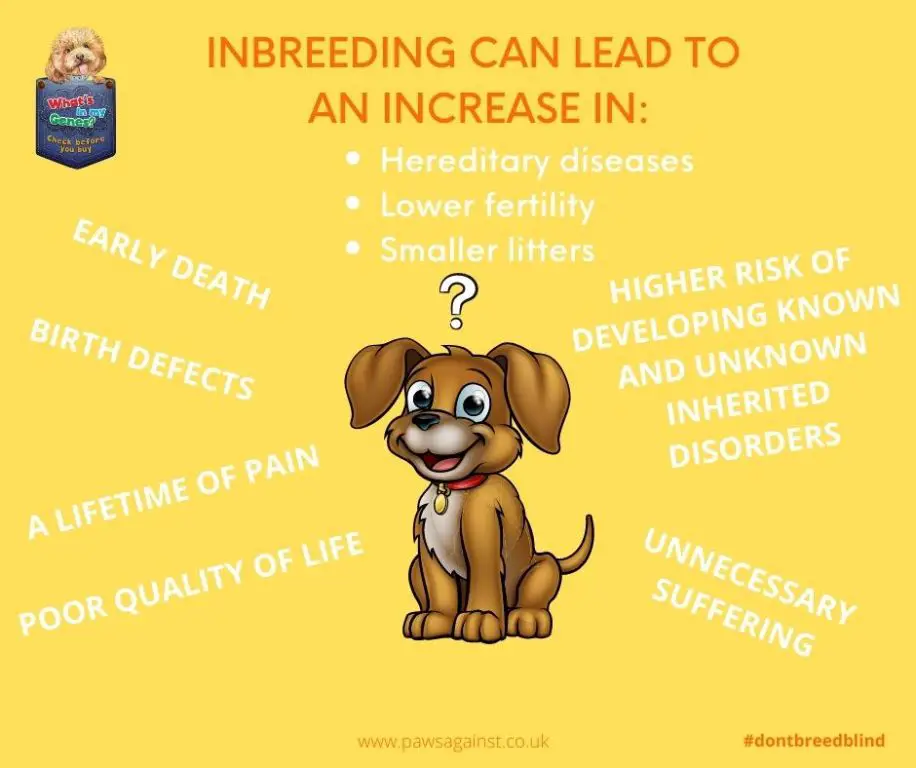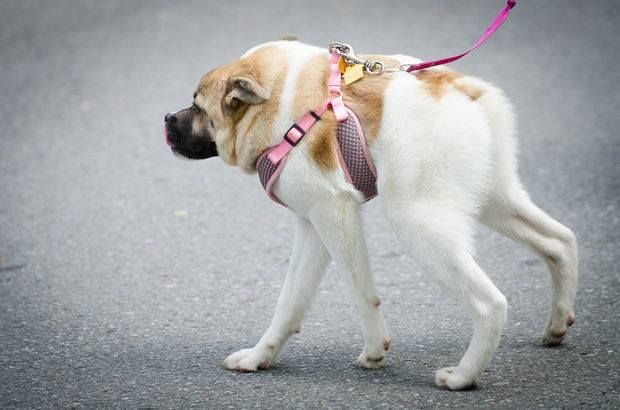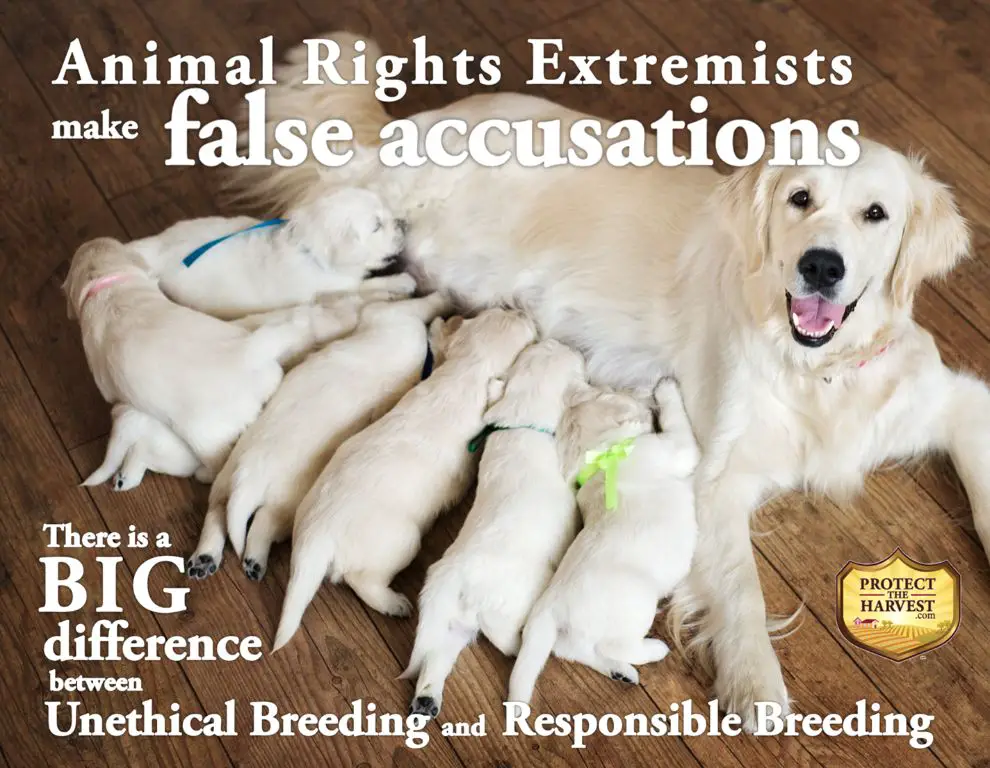The Question of Inbreeding in Dogs
Inbreeding occurs when closely related dogs, such as a father and daughter or siblings, are bred together. This practice raises concerns because it increases the probability that offspring will inherit identical gene copies, one from each parent. If these shared genes happen to carry detrimental recessive mutations, it can lead to inbreeding depression – when the homozygosity of deleterious alleles has negative effects on health, fertility, and fitness of the offspring. Unfortunately, inbreeding is quite common among purebred dogs due to closed registries and the limited genetic diversity within many breeds. The negative impacts of inbreeding include increased risk for genetic disorders, lower litter sizes, shorter lifespans, and reduced immune system function. Essentially, inbreeding raises the odds of doubling up on faulty genes which can then show up phenotypically in the offspring.
Genetic Risks of Inbreeding
Inbreeding in dogs refers to the mating of closely related individuals, such as between a father and daughter. This practice carries substantial genetic risks that can seriously impact the health of the offspring.
Inbreeding increases the chances of offspring inheriting two copies of detrimental recessive genes from its parents. These recessive gene mutations which may have gone unexpressed when inherited from only one parent have the chance to pair together and cause genetic disorders when passed down from both related parents.

Research shows that inbreeding in dogs is associated with increased risk of a wide range of genetic diseases including autoimmune thyroid disease, progressive retinal atrophy, kidney disorders, various cancers, cleft palate, cryptorchidism, patellar luxation, deafness, heart defects and bone abnormalities.
In addition to genetic disorders, inbred puppies often suffer from reduced fertility and lower body weight. The decreased genetic diversity also leads to higher mortality rates. Inbreeding depression, the reduced biological fitness from inbreeding, causes puppies to be weaker, less resistant to diseases and parasites and less likely to survive to adulthood.
While all dog breeds carry genetic mutations that may be expressed through inbreeding, the smaller and more recently established breeds tend to have a higher occurrence of genetic disorders passed down through the overuse of popular sires. Responsible breeding practices, genetic testing, and outcrossing programs are necessary to reduce the risks from inherited disorders in pedigreed dogs.
Ethical Concerns of Inbreeding
Inbreeding dogs raises serious ethical concerns regarding animal welfare. Intentionally mating closely related dogs perpetuates genetic diseases and disabilities, going against the principle of promoting health in purebred animals. The offspring of inbred dogs are much more likely to suffer from congenital defects, immune system problems, reduced fertility, and shorter lifespans.
Inbreeding contradicts the goal of eliminating inherited disorders in dog breeds. While some argue it can fix desirable traits, it comes at the expense of the dogs’ wellbeing. The public also tends to view deliberate inbreeding as morally questionable, given its detrimental impacts on animals who cannot consent. Responsible breeders aim to balance genetic diversity with breed purity through carefully planned outcrossing.
Ultimately, the wellbeing and health of dogs should take priority over breed standards or human preferences. Breeding closely related dogs, especially fathers with daughters, knowingly propagates disease and suffering. Ethical breeders reject inbreeding in favor of outcrossing, genetic testing, and medical screening – valuing the lives and health of their dogs over profit or accolades.
Legality of Inbreeding
In many areas, there are laws and regulations regarding dog breeding practices. These laws aim to protect animal welfare and reduce irresponsible breeding.
One of the most common legal restrictions is on parent-offspring or sibling inbreeding. In some jurisdictions, it is illegal to deliberately breed closely related dogs together. For example, breeding a father dog to his daughter would be prohibited.
Licensing or registration requirements may also apply to dog breeders. Breeders typically must obtain a permit or license from animal control or local authorities before breeding dogs. This allows oversight and enforcement of breeding laws and regulations.
Additionally, breeders may be required to register each litter they produce. Litter registration ensures there is a record of the parentage and helps monitor inbreeding coefficients. Authorities can inspect registered litters and breeding facilities to ensure compliance.
There are often exceptions to anti-inbreeding laws for certain purposes like preserving a rare breed. However, the restrictions aim to prevent irresponsible and unethical breeding of closely related dogs just to produce puppies.
Prospective dog breeders should research all relevant laws and licensing requirements in their jurisdiction before breeding dogs.
Alternatives to Inbreeding
Instead of breeding closely related dogs, there are other ways for breeders to increase genetic diversity in their breed and avoid the health risks associated with inbreeding.

One alternative is outcrossing, which involves breeding a purebred dog with another breed. This introduces new genes into the gene pool. Outcrossing can be done responsively by selecting another breed that compliments the traits of the primary breed. While some breed clubs prohibit outcrossing, others are opening up their registries to allow for occasional outcrossing.
Another option is artificial insemination using frozen semen from unrelated dogs, sometimes even from other countries. This allows breeders to incorporate new bloodlines without transporting the dogs.
Some breed clubs are also taking steps to open up their registries and loosen breeding restrictions after recognizing the dangers of a shrinking gene pool. Allowing for occasional outcrossing enables breeders to improve genetic diversity.
Through careful outcrossing, artificial insemination, and opening registries, breeders can steer away from inbreeding while still maintaining the integrity of the breed.
Responsible Breeding Practices
While inbreeding can put dogs at risk, responsible breeders can take steps to proactively avoid issues that may arise from close matings. Some key practices include:
Genetic testing – Reputable breeders screen their breeding stock for hereditary diseases common to the breed. Tests like those for hip dysplasia, heart disorders, and eye diseases can help identify dogs who should not be bred.
Mate selection – Breeders should select mates that are as unrelated as possible. Mates should ideally be from different kennels and bloodlines to promote genetic diversity.
Monitoring offspring health – Responsible breeders follow up on the health of puppies they produce. Tracking health trends helps identify issues that may be tied to particular breedings. Offspring who develop issues are removed from the breeding pool.
Signs of Inbreeding
Inbreeding can lead to a variety of concerning physical abnormalities, behavior issues, and health problems in dogs.
Physical Abnormalities
Some of the physical signs that a dog may be inbred include skeletal deformities, disproportionate body size, and facial disfiguration. For example, inbred dogs may have crooked spines, oddly shaped skulls, underbites, or overbites. Issues with the eyes and vision, such as cataracts, progressive retinal atrophy, and blindness, are also common in inbred dogs.
Behavior Issues

Inbreeding can negatively impact a dog’s behavior and temperament. Common behavioral issues seen in inbred dogs include increased aggression or fearfulness, along with compulsions, anxiety disorders, and difficulty learning basic obedience. Some inbred dogs may also exhibit repetitive or self-harming behaviors.
Health Problems
Perhaps the most concerning consequence of inbreeding is a higher incidence of genetic health conditions. Immune system deficiencies, organ malformations, heart defects, skin disorders, joint problems, and susceptibility to disease are all more likely in inbred dogs. Sadly, inbreeding often leads to reduced life spans and high puppy mortality rates.
Caring for Inbred Dogs
Inbred dogs often require additional care and attention from owners. Their unique health and behavioral challenges means taking proper care of them requires patience, education, and working closely with your veterinarian.
Additional Vet Care
Make sure to bring your inbred dog for more frequent vet checkups to monitor for any emerging health issues. Certain hereditary conditions may arise over time, so establish a relationship with a trusted vet. Discuss any concerning symptoms as soon as they appear – early detection and treatment is key.
Special Diet/Lifestyle Needs
Inbred dogs may require specialized diets and lifestyle considerations. Work with your vet to understand if any dietary changes are needed, especially for dogs prone to immune system dysfunction. Keep their environment clean and avoid stressful situations that could tax their health. Provide ample opportunity for exercise and enrichment activities suited to their physical abilities.
Training Challenges
The effects of inbreeding can make training more difficult. Be patient and use positive reinforcement techniques tailored to your dog’s abilities. Keep training sessions short and rewarding to accommodate any learning difficulties or attention span issues. Consistency is key – be prepared to regularly revisit basic commands. Enlist a professional trainer if you need additional support.
Public Education
Educating the public on responsible dog breeding practices and the dangers of inbreeding can help reduce its occurrence. Here are some ways to promote public awareness:
Resources for breeders/owners: Humane societies and veterinary organizations can provide guides on identifying signs of inbreeding and caring for inbred puppies. They can also connect breeders with mentorship programs and seminars on best breeding practices.

Advocating for laws: Animal welfare advocates can lobby for legislation restricting back-to-back litters, breeder licensing, and required genetic testing. Public support and education on these issues influences policymakers.
Supporting rescue/adoption: Promoting adoption and the spaying/neutering of rescue dogs helps reduce accidental breedings. Social media campaigns and fundraising for rescues spreads awareness on adopting over buying purebreds.
The Future of Dog Breeding
As we learn more about the risks associated with inbreeding in dogs, there is a growing focus within the dog breeding community on promoting genetic diversity. Responsible breeders are utilizing new tools and technologies to reduce the chances of inherited diseases and conditions.
One approach gaining popularity is outcrossing, where breeders carefully introduce new bloodlines from other breeds that share common ancestors. This widens the gene pool and reduces the concentration of detrimental recessive genes. Breeding programs can then work to reestablish breed characteristics over subsequent generations while maintaining heightened hybrid vigor.
Technologies like embryo transfers and artificial insemination are also allowing breeders to expand mating opportunities beyond geographic limitations. This provides more diversity while avoiding the ethical concerns of direct inbreeding.
There is also a shift underway toward breeding primarily for health, longevity, and temperament, rather than focusing heavily on physical appearance and breed standards. Objective genetic testing helps identify dogs with the best chances of producing sound, stable offspring.
Through science-based breeding practices and an emphasis on genetic health, conscientious breeders are working to safeguard the future of our beloved dog breeds.